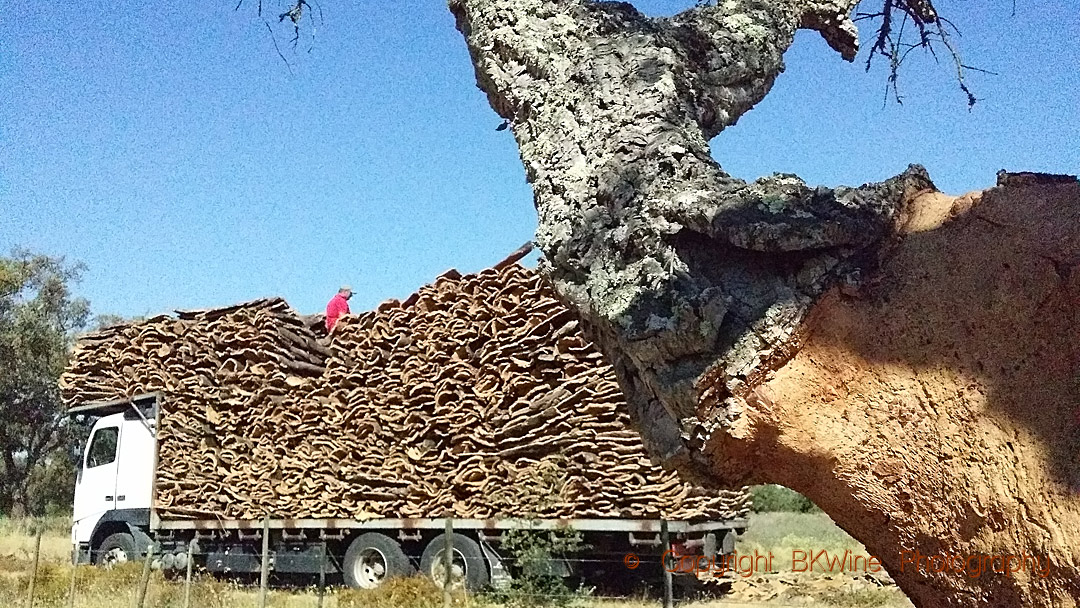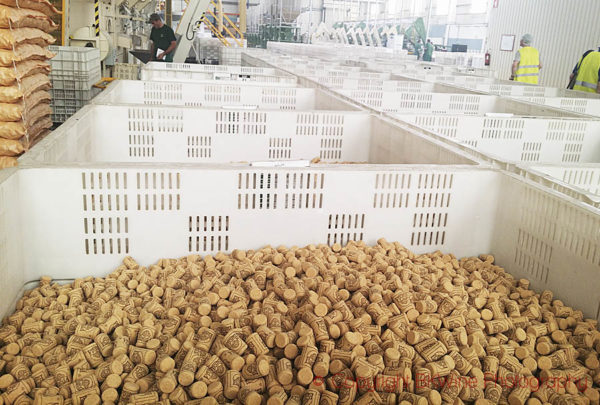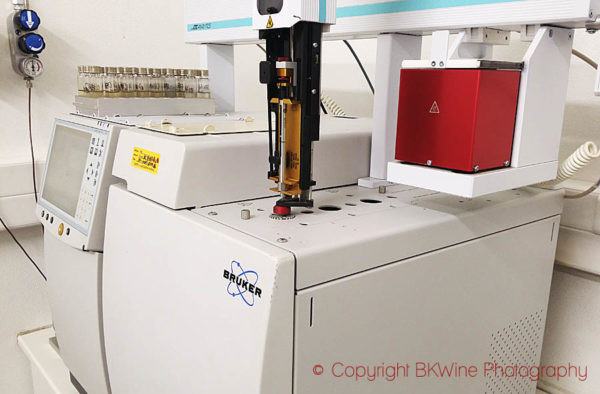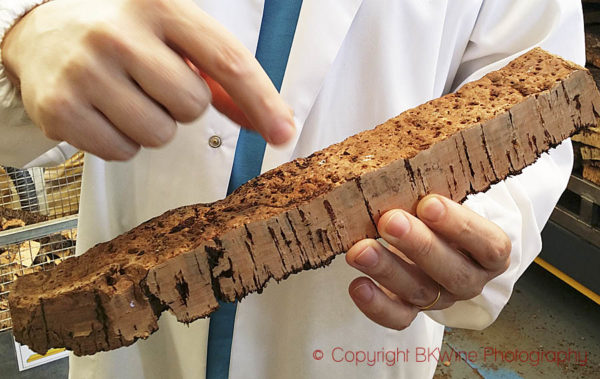Just a few years ago, or perhaps mainly in the mid 90s and early 00s, corked wines were a big discussion subject. Some people reported 4-5% cork defects in wine, sometimes even 10%. We started to see serious “alternative closures”, mainly plastic corks and screw caps.
Today that debate has mostly disappeared (although not quite disappeared and not in all countries).
What has happened? Have we become used to corked wines? Or are there fewer of them around? Have screw-cap taken over the quality wine market?
In fact, today we see less and less corked wines, wines with TCA contamination, the fault that makes the wine dull and smelling of wet cardboard, if anything. At least that is our own experience; we see very few cork defects today (and we never found them to be quite at the level quoted at the beginning).
So, what happened?
The answer is simple, in a way, as Antonio Amorim, the CEO of Amorim, the world’s biggest cork producer, explained to me when I met him some time ago.
The poor quality and sometimes sloppy quality control that had crept into the industry that made the then hugely dominant closure (“natural” cork) saw itself threatened. To save the house from crumbling it made a big sweep and cleaning of its house. They focussed on three things:
- reviewing the key steps of the whole production process and identifying critical points
- introducing new technologies both for production and control
- a hugely improved quality control process

Read more on this in Per’s article on Forbes: A Cork Crisis? Meeting The CEO Of The World’s Biggest Cork Producer.
Here’s the introduction:
“Make it or break it” was the question for the cork industry. Was bad corks and TCA taint – corked wines – going to kill the cork industry? Would “natural” cork fade out and be replaced by plastic corks and screw caps? This was a defining moment for the cork industry, a crisis. What happened?
What is the situation today I asked Antonio Amorim?
When initially the plastic stoppers (and later, screw-caps) started to gain a lot of ground, notably in the UK in the 90s, it led to some serious soul searching in the cork industry: “What we have witnessed in the last 10-12 years in the cork industry is a real revolution. The cork industry really questioned itself. We started to innovate, started to introduce new technologies. We evaluated the whole of our supply chain, and started to bring in scientists to evaluate how we could improve the technical performance of our cork stoppers.”
You can see the whole interview on video here below.
Read all of Per’s article on BKWine on Forbes.
–













